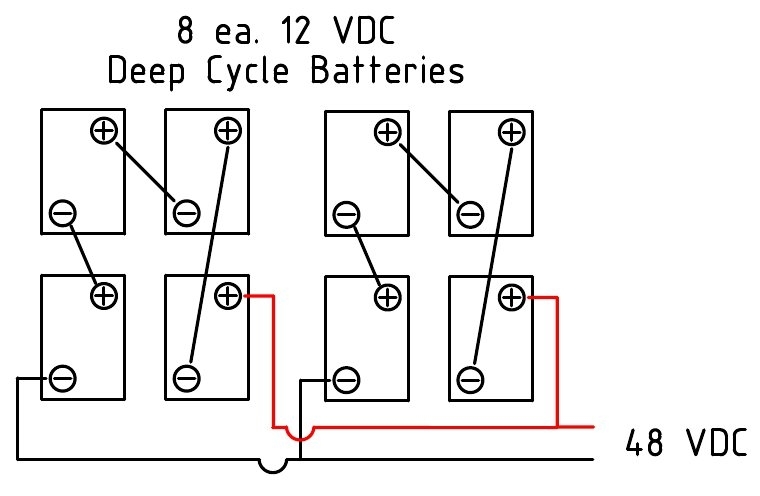I currently have a single string of AGM batteries wired for 48 V. 4x12 200ah. Runs to the Lynx dist in the usual fashion with a Smart Shunt at the batteries before the Lynx. I want to add a second string of identical bats for 400ah. I have an extra connection in the Lynx. Should I run the second string to the Lynx and make my parallel connection for the two strings there? Also, would I need a second Smart Shunt for the second string since its an ESS system? What is best way to do this?
Thanks!




